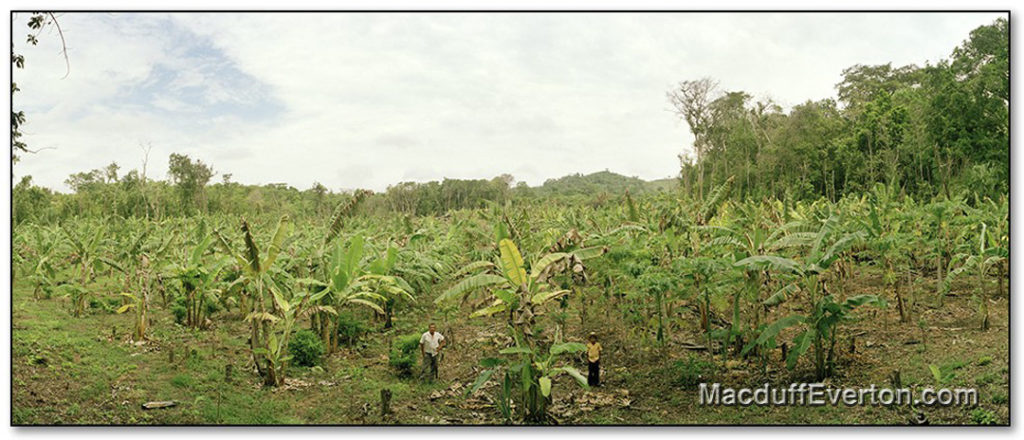The Milpa Cycle

Over the course of 20 years, a milpa sequences from an open field to a closed canopy forest. The cycle entails a rotation strategy of annual crops followed by a sequence of managed intermediate stages of short-term perennial shrubs and trees, culminating in the re-establishment of mature forest. Highly productive and biologically diverse, the milpa cycle advances forest regeneration while supporting the needs of the farmer and his or her family.
Diversity and productivity are essential qualities of this traditional Maya agricultural system. This diversity protects farmers from complete crop failure in years of drought and disease. As opposed to a monoculture system, the rich biodiversity fostered in the milpa cycle produces a highly resilient system.
The milpa cycle maintains land cover, advances forest regrowth, protects against erosion, manages water cycles, enhances biodiversity, and provides food, medicine, shelter, and more for families. This system offers a model for agriculture globally that conserves natural landscapes while maintaining high output at every stage of the cycle.